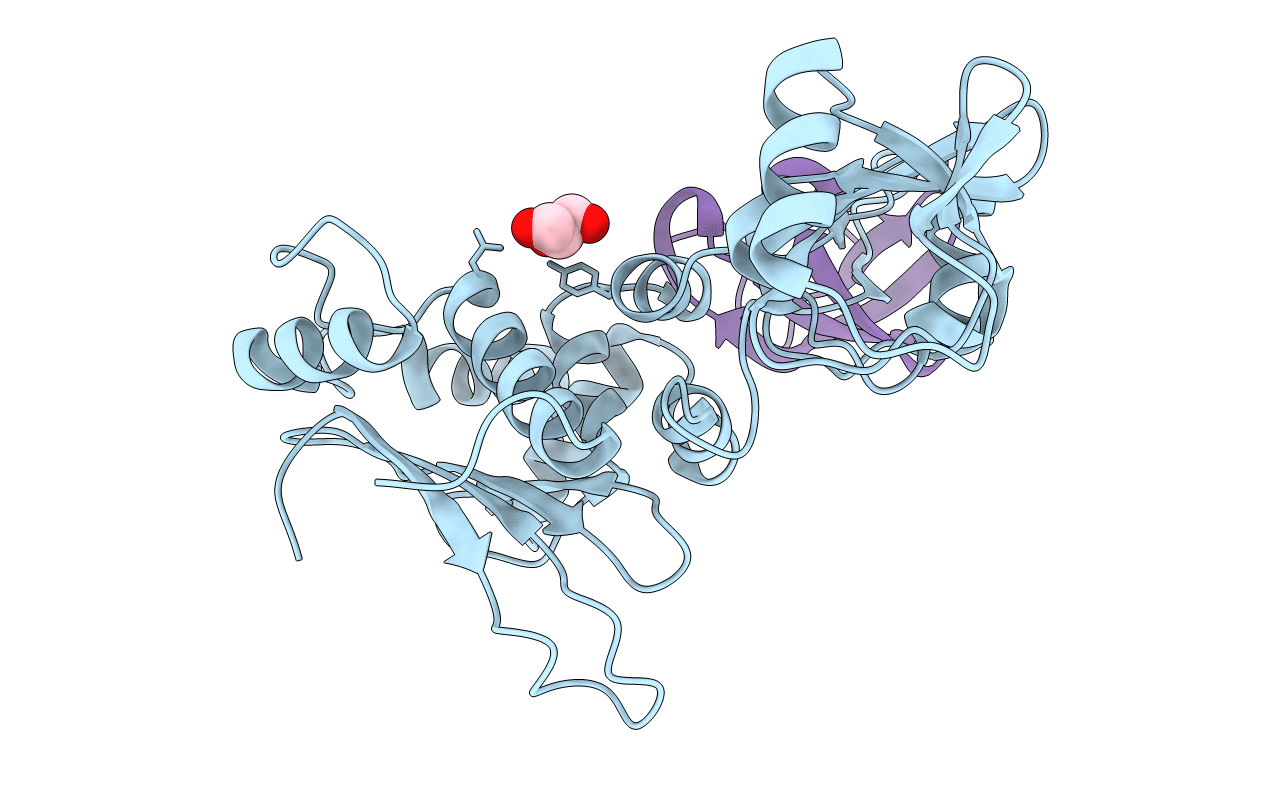
Deposition Date
2021-03-26
Release Date
2022-04-06
Last Version Date
2023-11-29
Entry Detail
PDB ID:
7EGS
Keywords:
Title:
The crystal structure of lobe domain of E. coli RNA polymerase complexed with the C-terminal domain of UvrD
Biological Source:
Source Organism:
Escherichia coli (strain K12) (Taxon ID: 83333)
Host Organism:
Method Details:
Experimental Method:
Resolution:
1.70 Å
R-Value Free:
0.23
R-Value Work:
0.20
R-Value Observed:
0.20
Space Group:
P 1 21 1


